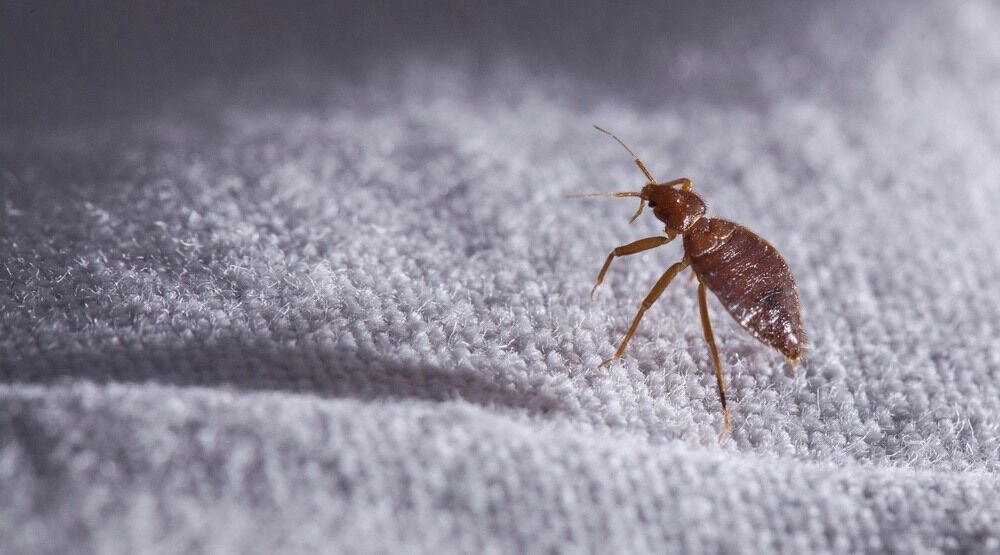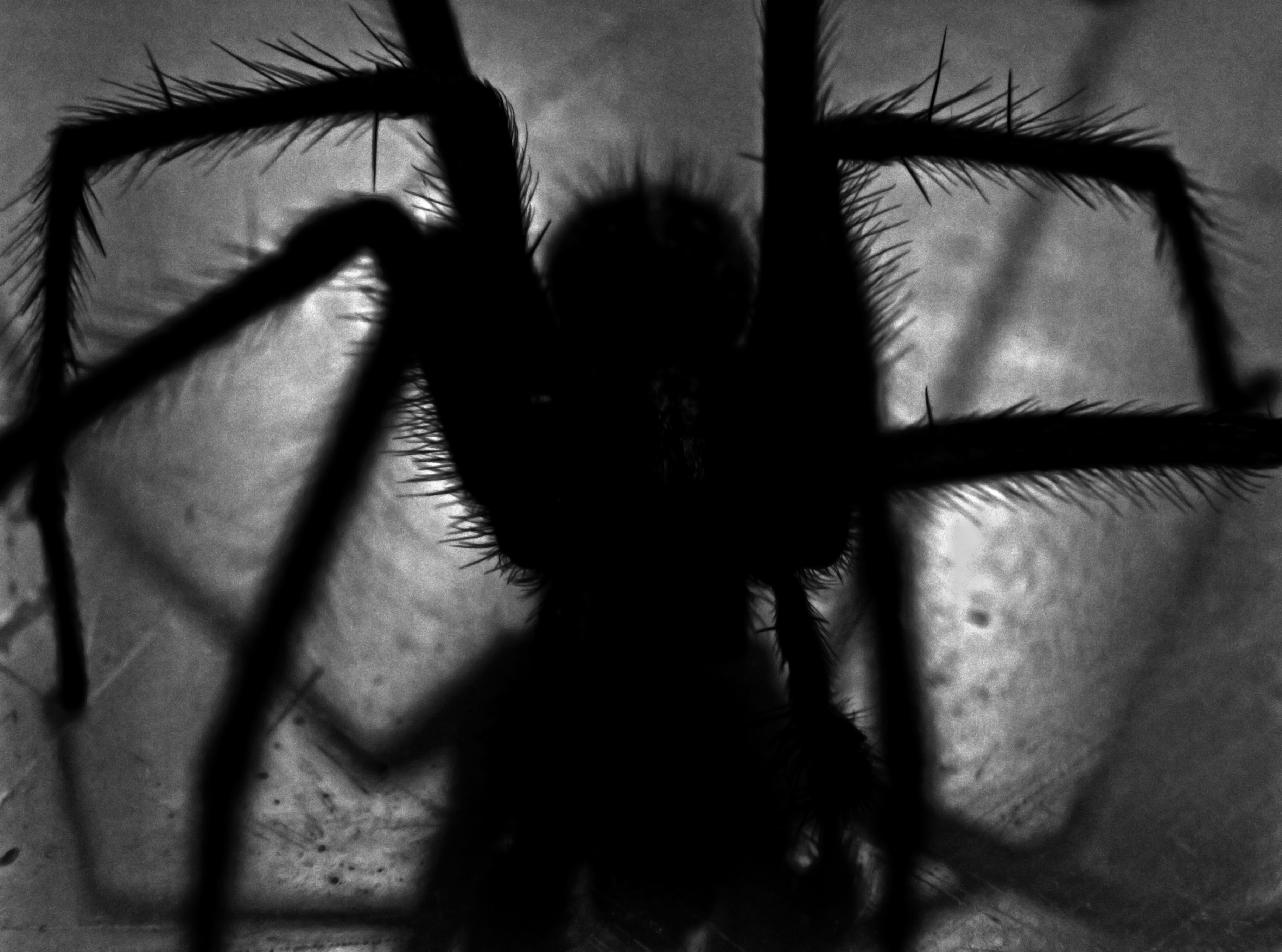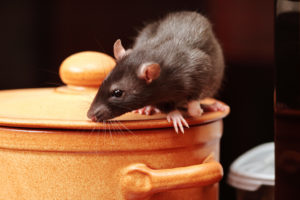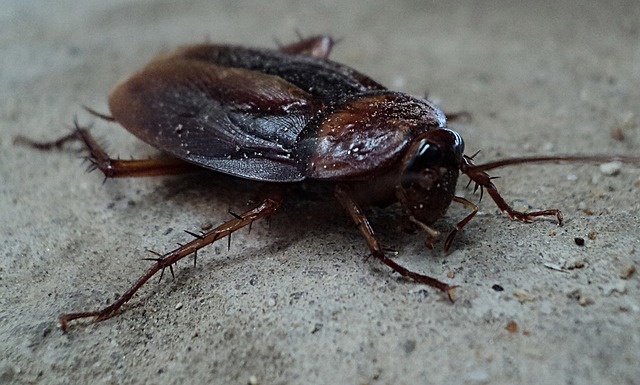Having critters in your home is no fun. A bad infestation can drive you to thoughts of flea foggers, ant sprays, moth balls, rat poison, and antibacterial products–toxic pesticides! But we advise keeping a cool head. There are plenty of ways to drive out pests without fouling your nest. Pest Control London explains how with this safe indoor pest control guide.
“Pesticides” is a broad term. It includes products that kill, repel, or block insects (insecticides), weeds (herbicides), fungus (fungicides), and even bacteria, viruses, moulds, and other micro-organisms (antibacterials and antimicrobials). “By their very nature, most pesticides create some risk of harm,” the EPA says. “Pesticides can cause harm to humans, animals or the environment because they are designed to kill or otherwise adversely affect living organisms.” One study found lifelong hyperactivity in laboratory animals resulted from a single dose of organophosphate pesticides on a critical day of fetal brain development.
Undaunted (or unaware), 80% to 90% of Americans use pesticides in and around the home. Those who have children are taking the biggest risk. When they use indoor pesticides for indoor pest control, they often leave residues on floors where children play and sit. The National Academy of Sciences estimates that 50% of our lifetime exposure to pesticides occurs during the first five years of life. Young children are particularly sensitive to these poisons, which can cause immediate harm and increase the risk of illness later in life, including cancer.
Why live dangerously? Here’s a step-by-step guide to minimizing your use of poisons when you require a emergency pest control and you are plagued with pests.
Top Tips At Having Safer Home
Know your pest. Do a little research before you attempt indoor pest control. Knowing the name of the critter that’s bothering you will help you come up with a non-toxic solution that works.
Build barriers. Prevent pests from coming into your home in the first place. Block their entrances by caulking holes, using door sweeps, and keeping door and window screens in good condition.
Take away their food and drink. Eliminate the sources of food and moisture that may be attracting pests. Keep sugar, flour, cereal, and pet food in sealed containers. Remove water sources by, for instance, fixing leaky pipes and removing standing water. To prevent mould, eliminate the excess moisture, fix leaks, ventilate, and use exhaust fans in the kitchen and bathrooms. If you have a persistent mould problem, you might also look into the possibility of a dehumidifier.
Go non-toxic. See what non-toxic options are available for your particular indoor pest control problem.
Soap has been used as an insecticide and antibacterial substance for many years. Just add about 2 teaspoons of liquid Castile (vegetable-based) soap to a gallon of water. (Any soap containing fatty acids will work, but liquid castile soap is recommended to avoid other toxic ingredients.) Put this mixture in a spray bottle, and-presto-you have a solution to your ant problem that is virtually non-toxic to humans and mammals unless ingested. If you add some peppermint scent, you’ll discourage the ants’ brethren from following in their footsteps. Cayenne pepper also deters ants, and lemon eucalyptus oil will keep the silverfish away. For bacteria, soap and warm water are just as effective as an antibacterial products.
Use a fan. A breeze will keep mosquitoes at bay.
For months, store clothing in air-tight containers. Mothballs are typically made of naphthalene, a possible carcinogen, and moth crystals are made of paradichlorobenzene, also a possible carcinogen. Instead, use sachets of cedar chips or lavender to deter moths. If you do have an infestation, try pesticide-free sticky traps.
For termites, prevention is key. To prevent subterranean termites, clear wood debris, wood piles, and stored lumber from around your home, including your crawl spaces. Don’t stack stored firewood against the home. Make sure there’s adequate clearance between the wood portions of your home and the ground, and install metal shields. For dry wood or damp wood termites, keep structural wood dry. Fix leaky pipes, make sure downspouts direct water away from your home, and don’t overwater shrubbery close to the home. A mist of 1 cup liquid soap, preferably vegetable-based, in 4 to 5 cups of water, will kill insects in crawl spaces and around your home’s perimeter, but termite infestations may require expert intervention.
Fruit flies reproduce in wet or moist fermenting organic matter, so your drain, the compost bucket, and your fruit bowl all look like prime real estate to them. To control them, get rid of what’s attracting them. If you suspect it’s food in your drain, tape a piece of waxed paper over the top of the drain. If you see fruit flies accumulate on the paper in a day or two, remove the paper and pour boiling water down the drain. If that doesn’t work, try ½ cup of baking soda, followed by ½ cup to a cup of vinegar. Let the drain fizz for 5 minutes, then chase with boiling water. For garbage disposal, run ice cubes made from vinegar through it to clear off any gunk that may be allowing fruit flies to breed.
Live-capture traps for rats and mice. For rats and mice, the most environmentally-friendly option is reusable traps. They trap the animal without killing it, so it can be returned to nature.
Sticky traps for insects, rats, and mice. If you are not able to set mice and rats free easily, there are also sticky traps (although these kill the animal). For insects, there are some great pheromone-laced sticky traps for pantry moths, for example. They use a sexy scent to lure male moths into the trap, interrupting the breeding cycle.
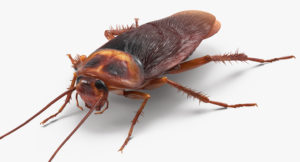
Use the least-toxic chemical option. If you must use a chemical pesticide, choose the most environmentally friendly option that targets your particular pest. The “signal” words on labels can give you a good indication of how poisonous a product is: “caution,” for instance, is milder than “warning,” which is milder than “danger.” To reduce exposure, always choose a gel or solid over a fogger or spray.
Use chemicals with care. If you need to use a pesticide, ventilate the area and clean all surfaces after you’re finished. To prevent accidental poisonings, store pesticides in a safe and secure location.
When shopping, look for
Organic, non-toxic pesticides. Generally, organic pesticides are those that come from natural sources. You can use plant-based natural pesticides with pyrethrins, rotenone, or essential oils. Or you can try boric acid or diatomaceous earth, which are also natural products. Just because a pesticide is natural doesn’t mean it’s safe, however. Pyrethrins, which are derived from flowers such as chrysanthemums, have been linked with autism. Read labels carefully and follow directions. And don’t put your faith in claims of “environmentally safe,” “environmentally friendly,” “eco-safe,” or “eco-friendly.” They have no regulated terms.
Avoid
Organophosphates. This class of pesticides has been phased out of residential use but is still found in products for pets. Skip products containing chlorpyrifos, dichlorvos, phosmet, naled, tetrachlorvinphos, diazinon and malathion.
Antibacterial products. There’s no reason to use the potentially harmful antibacterial products, and lots of reasons not to use them. Studies have consistently shown that antibacterial products are not any more effective than plain soap and water. The most common antibacterial ingredient, triclosan, has been linked to cancer, developmental defects, and liver toxicity in animals. It also may be a hormone disruptor in humans, as it is in frogs.
Sprays. Pesticides that are sprayed into the air should be avoided. They pollute indoor air and coat surfaces and usually are overkill.
Other Considerations
If pesticides are toxic to us, they can also harm our pets. Carefully select any insecticides you use to control ticks and fleas. Try some non-toxic and less-toxic options before resorting to conventional chemical tick and flea control. Vacuuming regularly catches and kills nearly 100% of adult fleas. Wash pet bedding to drown fleas, and tuck in cedar chips to repel them. (Be careful, though. Cedar can trigger asthma in some kids). Use non-chemical flea traps. For your dog, plain soap will kill fleas if left on for five minutes. Then rinse and comb with a flea comb. Collars with various essential oils can be used to repel fleas, but keep in mind that some dogs’ skin is sensitive to some oils.
Benefits…
..to your wallet
Using ingenuity and simple household remedies can solve the problem with minimum expense.
…to your health
Using fewer pesticide products or skipping them altogether will reduce your exposure to toxic chemicals.
…to the Earth
The manufacture and use of pesticides pollute the environment. For example, the use of antibacterial products in the home has created “superbugs” that are harder to control than regular bacteria. Triclosan has been found in rivers and streams and has made its way into breast milk.
Common Mistakes
Use whatever is sitting on your shelf. If you have old pesticides in your garage or basement, don’t use them unless you know they are safe. Take them to a household hazardous waste round-up site or similar location. They may contain highly toxic ingredients no longer in use.
Hoping the government will protect you against harmful pesticides. In the United States, pesticide law is not a health-based safety law. It balances health and environmental risks against economic benefits.
Choosing a broad-spectrum pesticide. A pesticide labelled as “broad spectrum” is effective against a broad range of pests and is probably not the least-toxic option.
article by https://www.pantherpestcontrol.co.uk
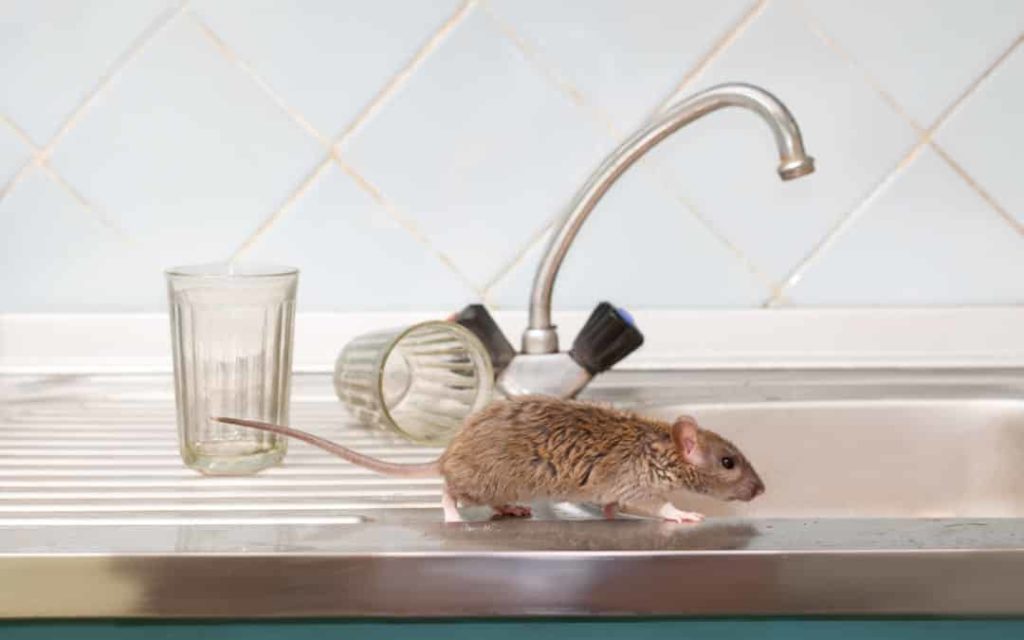 understand the potential damage to the property and the cost of treatment.
understand the potential damage to the property and the cost of treatment.
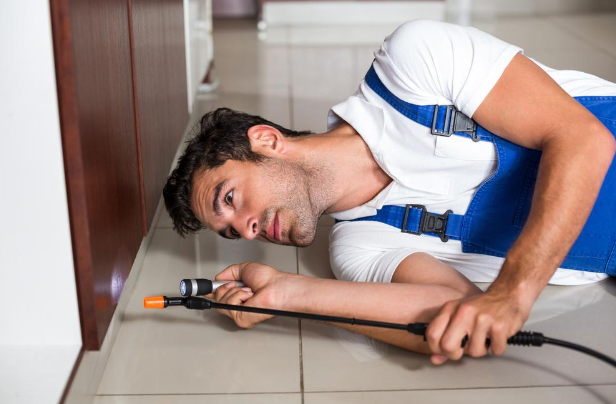
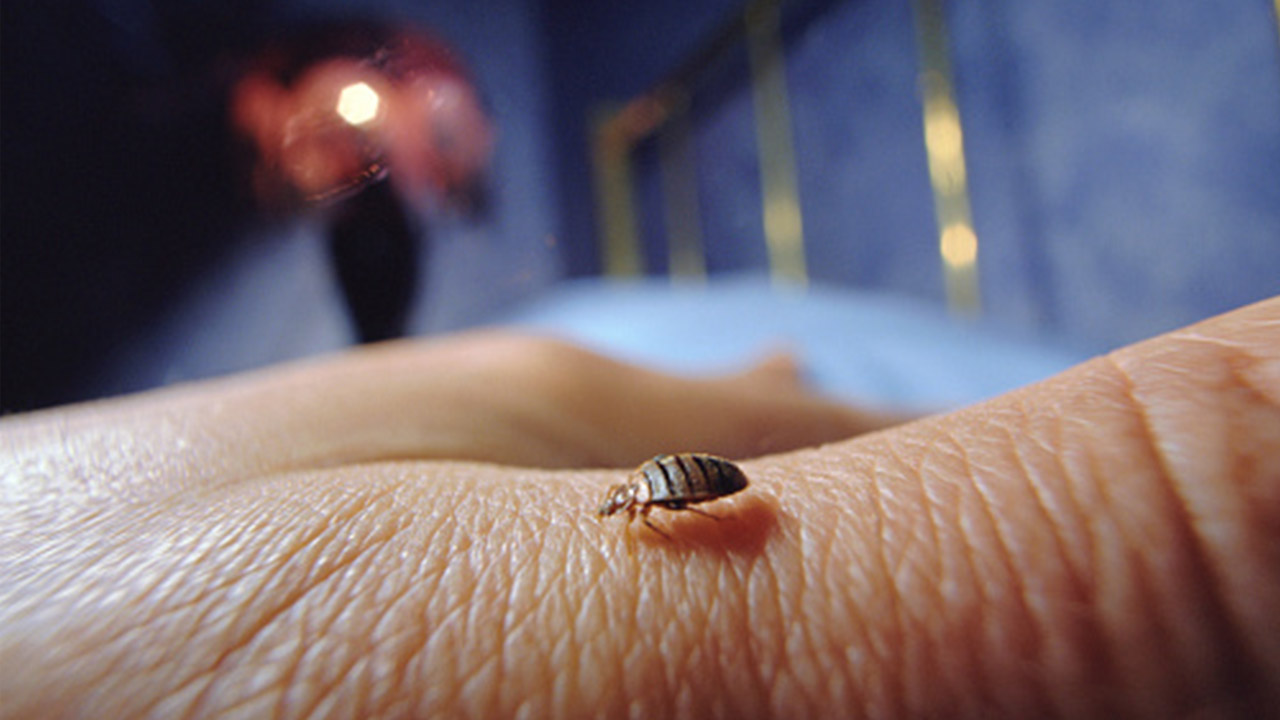

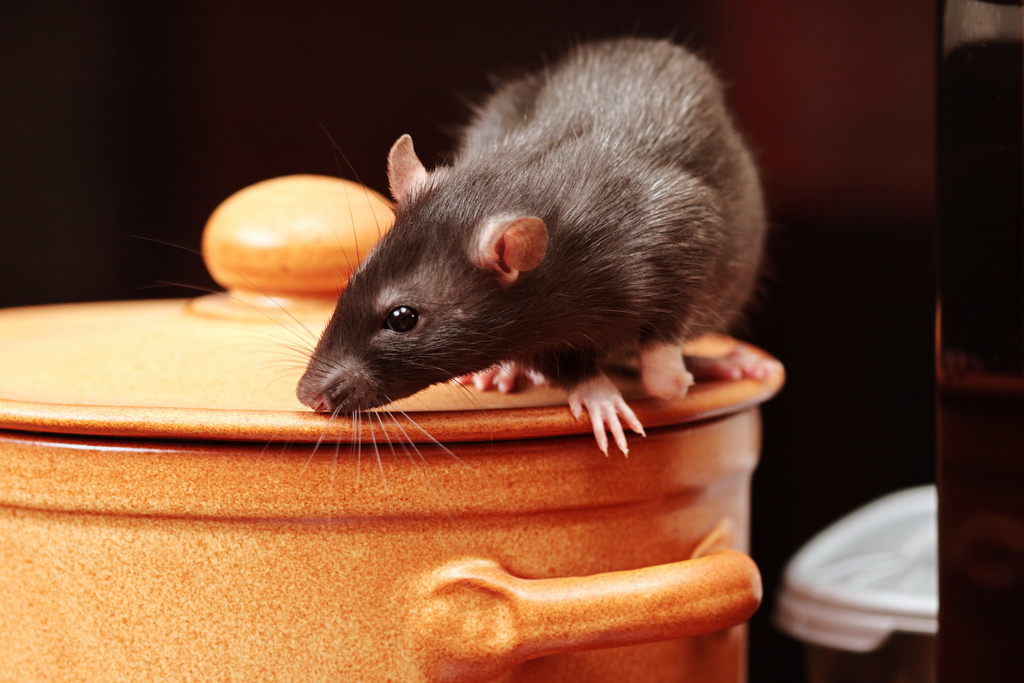

 The average cost to repair termite damage runs into the thousands and with most homeowners taking 20-40 years to pay off their home, it’s the last thing anyone needs to spend money on when a mortgage is in play.
The average cost to repair termite damage runs into the thousands and with most homeowners taking 20-40 years to pay off their home, it’s the last thing anyone needs to spend money on when a mortgage is in play.